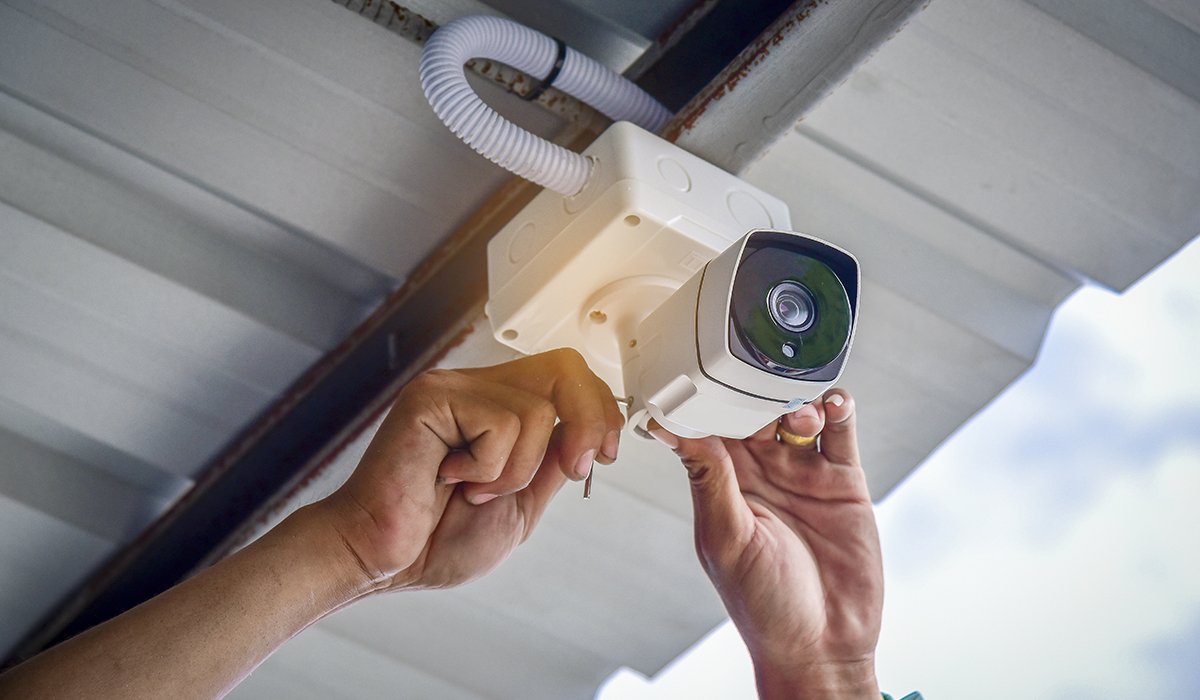Setting up a CCTV camera system isn’t easy. Depending on the number of cameras you want to set up, it’s quite easy to get lost in the wiring. Cabling and wiring for CCTV cameras are complicated and will most likely require a professional to do it.
But since you’re a DIY expert, we will share the secrets with you. So with all that said, let’s start.
1. Know the Types Of Cables
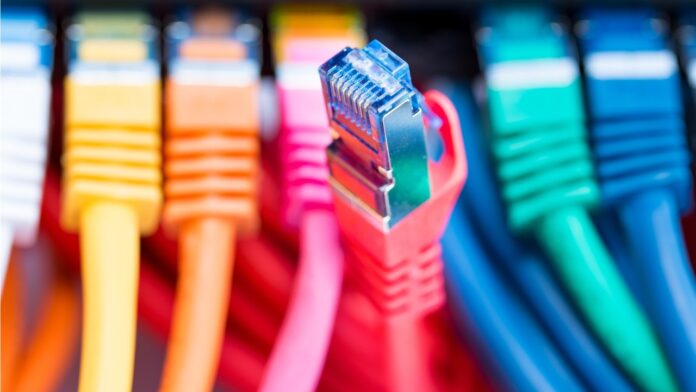
This one is very complicated and reading through all of it will take quite some time. But we can easily summarize it by mentioning the types of cables and giving a brief explanation of them.
Since quite a lot of components go into installing a single CCTV camera, you can imagine the sheer amount of cables you’d have to handle when installing more than one.
Regardless, here is what you need to know about each one.
• Coaxial
One of the oldest and most common cables out there, a coaxial cable is still used to this day due to its superior shielding capabilities. Different coaxial cables exist, with many preferring the RG-6 and RG-59 the most.
• Plug and Play
This particular cable is preferred if you have never done CCTV camera cabling before.
These cables work quite straightforward, hence the name, and are easily replaced if they go bust. They’re cheaper and provide excellent video and audio quality.
• Siamese
Siamese cables are considered the best option if you’re looking for a 2-in-1 option. A Siamese cable is made out of plenty of power wires that are attached to transmit data and power.
They perform two actions, and they save quite a bit of storage. Since everyone knows how difficult managing dozens of cables can be, a Siamese cable can save you plenty of time.
Although difficult to handle, they’re widely used across the industry.
• Optic Fiber
By far the most expensive option to go for, an optic fiber cable isn’t easy to install. CCTV cabling systems made from optic fibers provide superior signal and frequency. They are the go-to standard, but the sheer amount of difficulty to set up knocks them down a few places.
With all that said, an optic fiber cable outperforms every other cable by quite a bit.
2. Know Where To Start From
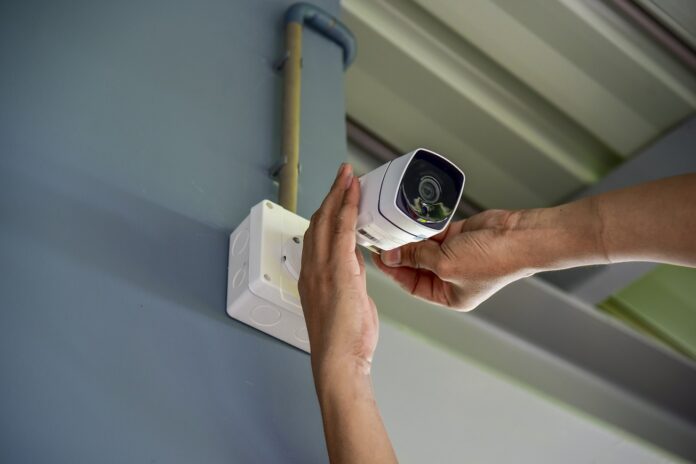
One of the most important things to know before you begin the CCTV camera cabling and wiring is to know where to place the central hub.
The reason why this is important is that everything will run from here. That means all the cables and wires will go through the inside of your house or property and connect to each camera. As such, where you place this hub is even more important.
Planning is key when designing a CCTV hub. But most importantly, it has to be easy to access and have plenty of ways for cables and wires to reach each camera.
Whenever setting up a central surveillance hub, a great deal of thought has to be placed on personal safety. Any loose wires or damaged cables can not only pose a threat to you but the whole system.
That’s why you should hire an expert to help you pick the central surveillance hub and install each camera.
3. Know How To Hide the Cables and Wires
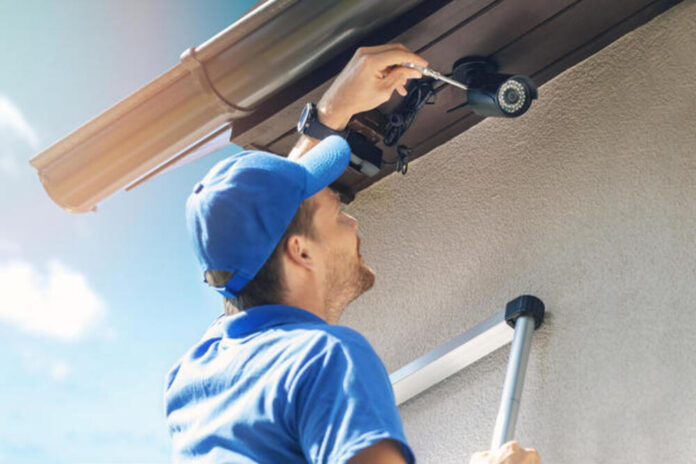
Another important thing to know during the CCTV system installation is to hide the wires and cables. If they’re sitting in plain sight, it represents a risk to the whole system.
More so, you don’t want the wires and cables to just run all over your house and pose a threat whenever people walk over them. So you should find ways to hide them. Luckily for you, we know a few ways how to do that.
First off, the easiest thing to do is to use the walls and ceiling. The wire needs to run along the wall or ceiling. So one thing you can do is drill a path or a hole from the ceiling to the camera. This saves you plenty of time and hides the wires and cables.
While you will need to repaint the holes after, it is a necessity that you have to go over.
But for an even better time-consuming method, you can use a plastic tube and place it along the edges of walls. With this method, you won’t have to drill any holes. All you need to do is simply attach the plastic tube to the walls and ceiling.
4. Know What To Do When Installing A Camera Outside
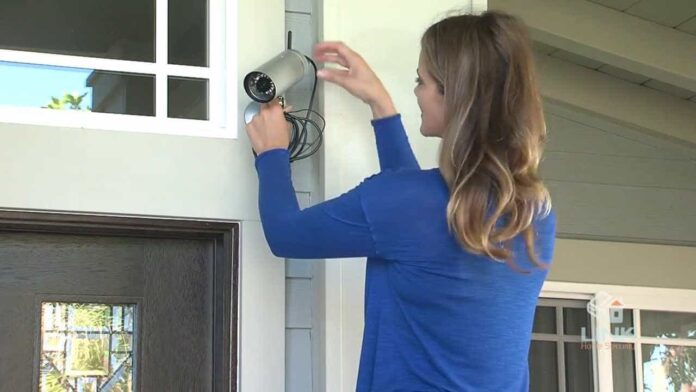
No doubt you will place some if not most of your cameras outside. This is, in fact, what most residential CCTV systems are supposed to do – protect from the outside. But installing cabling and wiring on the outside is even complicated.
Again, you will need to plan your moves before you start drilling. As such, the best place to start is to identify spots where cables and wires can seamlessly run through. This one might take more time doing, as you will have to use plenty of other components such as conduits.
Regardless, installing wires and cables to CCTV cameras on the outside will require plenty of drilling and making holes. Ideally, you want to make a single drill hole to an external wall that easily connects to the CCTV camera on the outside.
Conclusion
While the task might seem easy at first, you will quickly conclude that the truth is far from it. Installing CCTV systems is a tricky task. From setting up the central system to placing the cameras, and of course, running wires and cables.
The latter is one of the most challenging aspects of a CCTV system and should be approached the right way. If you’re still having difficulties getting it over the line, consider hiring an expert to lend a helping hand. An expert knows how to best approach the issue and get the most out of your new security system.

